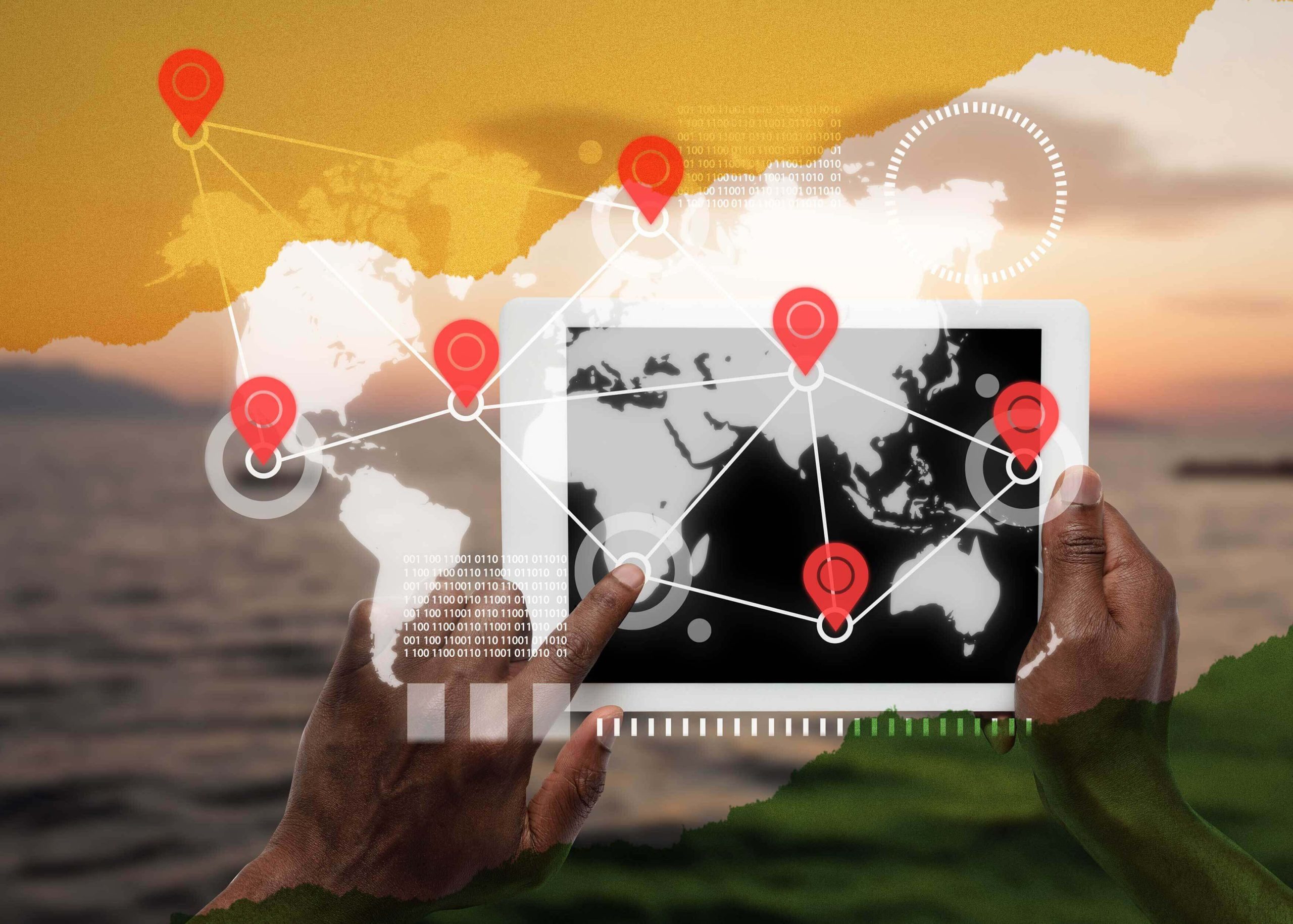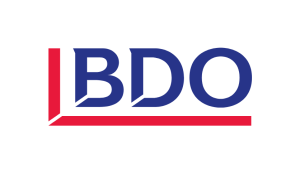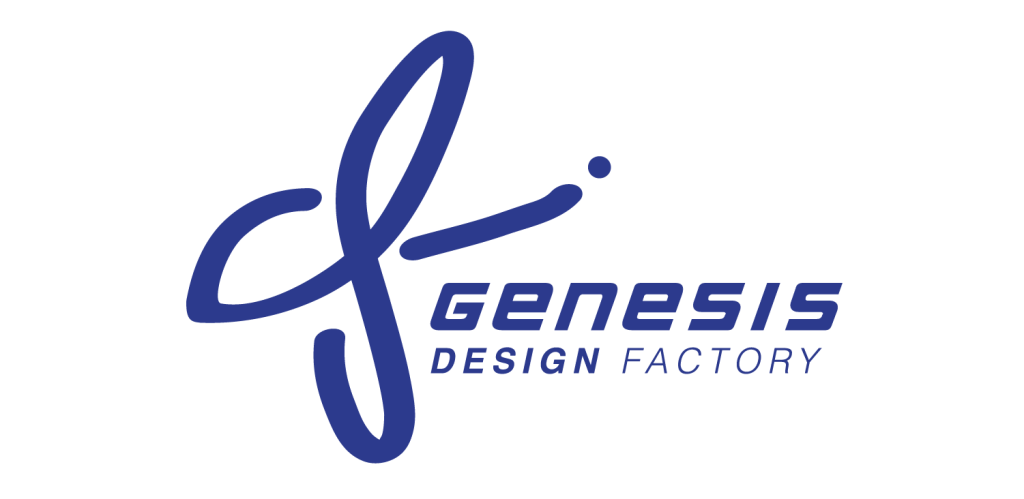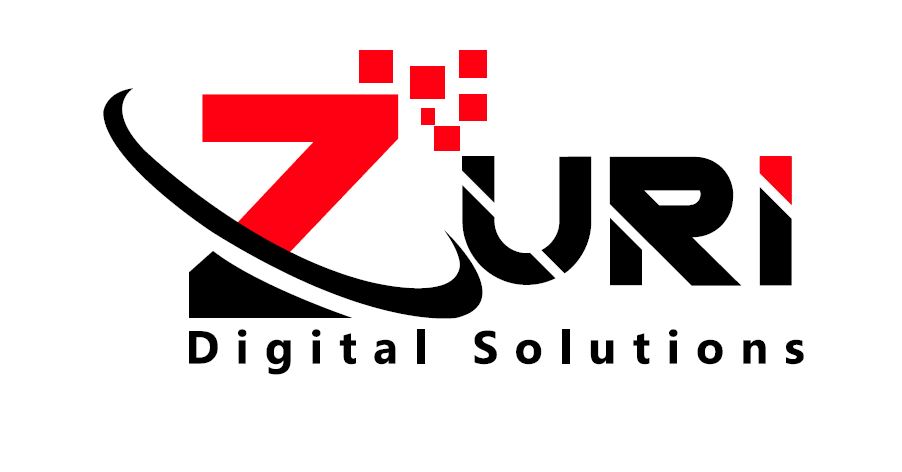Measuring the ROI of an AI-driven Employee Recognition Program: A Comprehensive Guide
Artificial intelligence (AI) has rapidly and recently become the fastest-adopted technology in history and has significantly impacted various industries, from manufacturing and legal to finance. Businesses worldwide are constantly adopting and implanting AI solutions across their systems to enhance efficiency. Employee recognition is one of the noticeable human resource (HR) functions AI is profoundly transforming.
AI-driven recognition systems have made it easy to analyze employee performance data and even suggest to managers ideal rewards for employees based on their performance data. As a result, this partially promotes unbiased employee recognition in organizations. Additionally, AI has helped businesses recognize their employees in real time, improving the employee experience. Overall, AI has found many applications in the HR industry.
Employee recognition is vital to an organization because it can improve workplace culture, employee satisfaction, retention, etc. But how do organizations measure the return on investment (ROI) of AI-powered solutions integrated into their employee recognition programs? This is what we explore down here.
How Businesses Can Measure the ROI of AI-Driven Recognition Systems
Quantifying the ROI of AI-driven recognition programs can be challenging, and it requires organizations to go beyond what they feel about their program. It requires a multi-dimensional perspective that allows qualitative and quantitative measurement. Before we dive into a step-by-step approach, let’s briefly analyze some critical aspects that come into play when determining the ROI of AI recognition programs:
- Costs
Developing, implementing, and maintaining an AI-powered recognition program comes with expenses, including employee rewards (that cost money), software subscriptions, personnel, etc. Understanding all necessary costs incurred helps a business establish a reference point for determining the ROI of such programs.
- Quantifiable and unquantifiable outcomes
When proving ROI, an organization must understand what they’re looking for (objectives) when adopting an AI-driven system. It is also vital to pay attention to both quantifiable and unquantifiable outcomes.
Metrics such as key KPIs, activation rate, turnover rate, increased revenue, and recognition engagement rate are quantifiable outcomes. On the other hand, outcomes such as employee happiness and the impact on employee experience and the workplace are hard to quantify. However, unquantifiable outcomes can help you visualize the effectiveness of your recognition program as a whole.
- Data collection
How you track key metrics of your recognition program matters a lot, as it helps in determining the ROI of your AI recognition program. Therefore, a business implementing AI-driven recognition should have effective ways of collecting and analyzing employee recognition-related data.
Steps to Measure the ROI of AI-Driven Employee Recognition Programs
- Define your objectives.
When implementing AI-based employee recognition programs, an organization must frame the underlying problem and establish clear objectives for what it wishes to achieve. Why does it matter anyway? Understanding your expected outcome helps establish a baseline for evaluation so that you can clearly know what metrics matter to you and how to monitor them.
More importantly, leaders and HR managers need to understand that ROI can be monetary or non-monetary. AI-related solutions can impact various parts of employee recognition. Therefore, ROI shouldn’t only focus on immediate financial outcomes but also on strategic long-term benefits and opportunities AI can unlock.
- Determine costs
As outlined earlier, you need to determine the potential cost of implementing AI-related solutions in an employee recognition program. They include upfront (hardware, software, etc.), ongoing (upgrades, maintenance, continuous investment, etc.), compliance, computational personnel (data and ML engineers), and data costs.
Efficient cost estimation helps in resource allocation and optimal utilization of resources. However, involved leaders need to remember that some of these costs can be unpredictable and constantly change.
- Consistent data collection and reporting
Organizations should automate this process to ensure consistency in data collection and reporting. It also calls for understanding and tracking key metrics that determine the ROI based on an organization’s objectives. Some metrics worth tracking include employee turnover rate, project completion rate, employee satisfaction, program adoption, employee feedback, and other significant KPIs.
- Measure outcomes
Measuring outcomes entails comparing your collected data against your objectives and baselines. As outlined earlier, some outcomes are quantifiable, while others are hard to quantify. Therefore, leaders need to adopt a holistic approach when assessing the outcomes of an AI-powered employee program; it helps capture the entire picture of the implemented AI solutions’ impact and value in an organization.
Bottom line
The ROI of AI recognition solutions goes beyond the quantifiable outcomes. Their impacts can directly and indirectly contribute to the overall success of an organization through improved employee productivity, high employee retention, enhanced efficiency in employee recognition processes, etc. Generally, an AI-driven employee recognition program offers multifaceted benefits to an organization.
References
- https://www.linkedin.com/advice/1/how-do-you-prove-roi-ai-deep-learning-projects
- https://www.octanner.com/articles/how-to-measure-the-roi-of-employee-recognition#:~:text=Recognition%20ROI%20begins%20with%20measuring,begun%20to%20use%20your%20program%3F
- https://www.moneydonut.co.uk/blog/23/09/a-guide-to-measuring-roi-on-employee-recognition
- https://azbigmedia.com/business/measuring-the-roi-of-employee-recognition-programs/

























